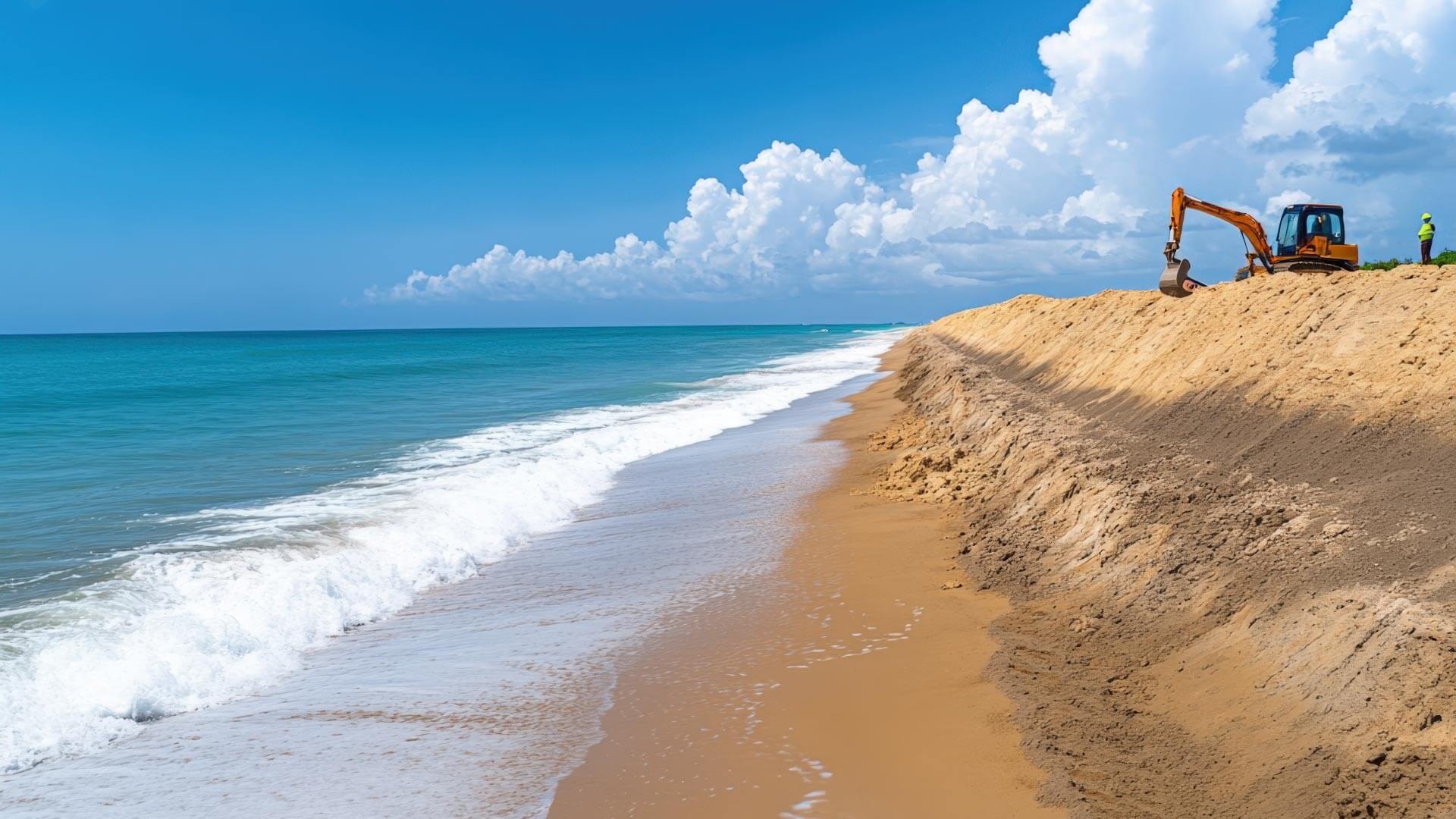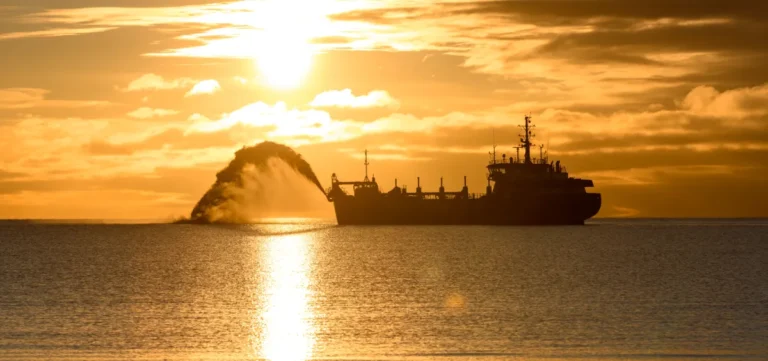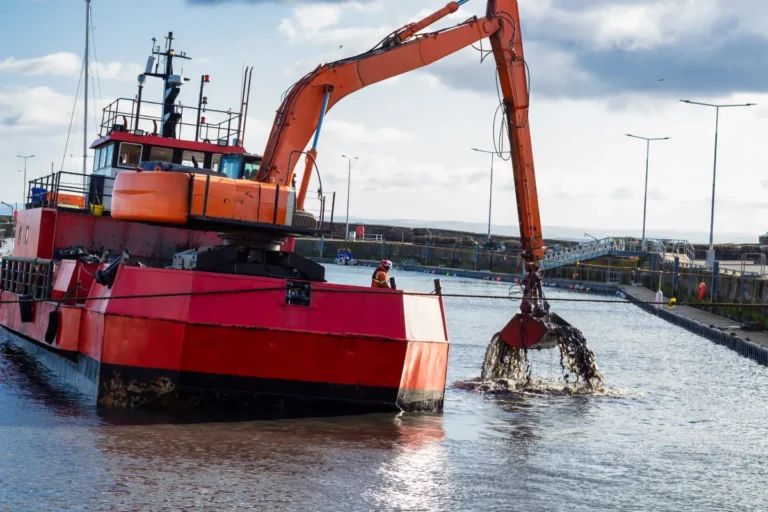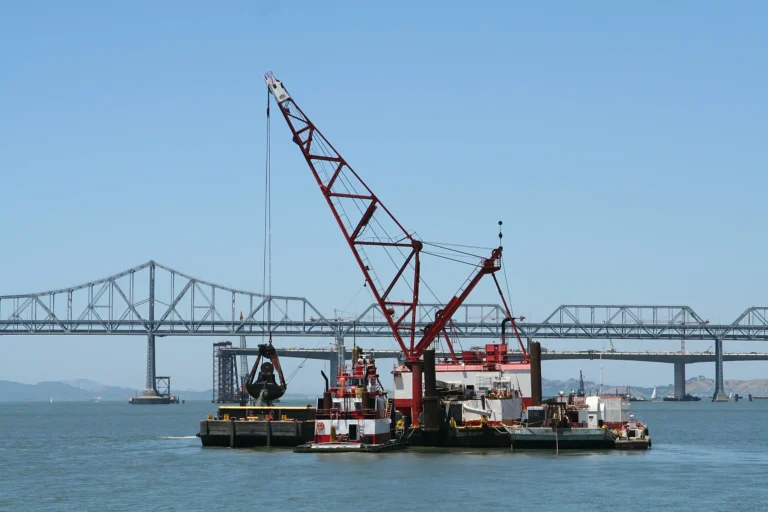Beach restoration has become increasingly vital as coastal areas face growing threats from erosion, rising sea levels, and climate change. These natural and human-induced challenges can lead to the loss of precious shorelines, damage to ecosystems, and reduced opportunities for recreation and tourism. By replenishing sand, stabilizing dunes, and implementing protective measures, these projects aim to preserve and enhance beaches’ functionality and beauty.
However, restoring a beach is far from straightforward. Balancing the project’s costs, ensuring sustainability, and addressing the unique needs of local communities are significant challenges that require careful planning and collaboration. Whether you are seeking a beach restoration service to address environmental concerns or searching for professionals specializing in beach restoration near me to protect your community’s shoreline, finding solutions that meet all these goals is crucial.
In this blog, we’ll explore the complexities of restoring a beach, the factors influencing its success, and how to achieve a balance between financial, environmental, and community priorities.
Understanding Beach Restoration
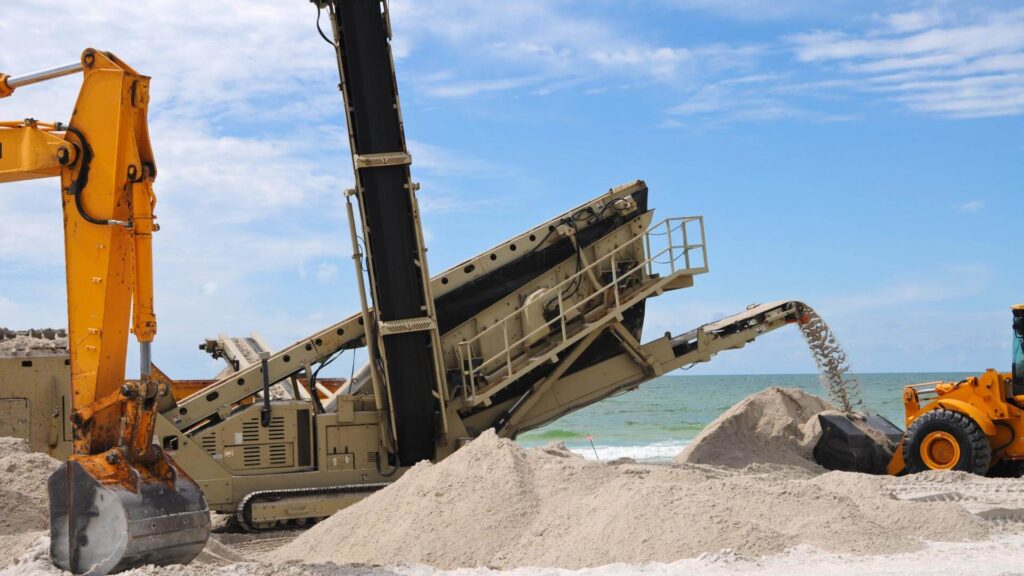
Beach restoration refers to the process of rehabilitating and preserving coastal areas that have been degraded due to natural forces like erosion, storms, rising sea levels, or human activities such as construction and pollution. The primary goal is to protect shorelines, enhance their natural beauty, and ensure they remain functional for both ecological and recreational purposes.
Why is Beach Restoration Essential?
- Protecting Ecosystems: Beaches serve as critical habitats for wildlife, including nesting sites for turtles and breeding grounds for various bird species.
- Preventing Erosion: Restoration helps stabilize coastlines, reducing the loss of land and protecting nearby properties and infrastructure.
- Supporting Tourism and Recreation: Well-maintained beaches attract visitors, boost local economies, and provide valuable recreational spaces for communities.
Common Techniques in Beach Restoration
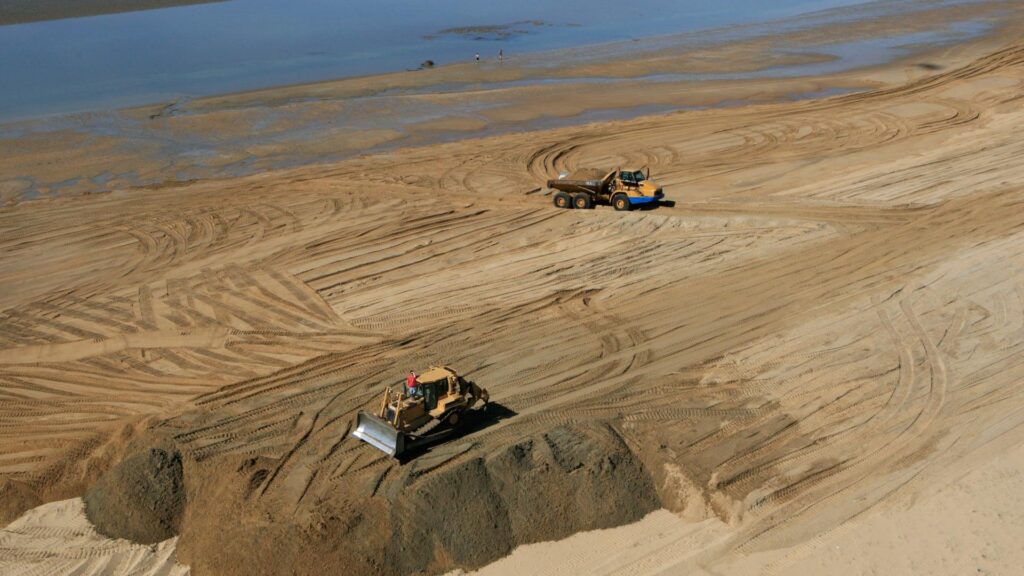
- Sand Replenishment:
- Adding sand to beaches to replace what has been lost to erosion.
- Helps rebuild the shoreline and restore its natural appearance.
- Dune Reconstruction:
- Building or reinforcing dunes to act as natural barriers against storm surges and high tides.
- Often includes planting vegetation to stabilize the sand.
- Seawall Construction:
- Constructing barriers to protect coastal areas from wave action and flooding.
- A more permanent solution for high-risk areas.
These techniques are often tailored to the unique challenges and goals of each project, making it essential to work with professionals who specialize in beach restoration services.
The Role of Beach Restoration Services
Experienced beach restoration services play a critical role in planning and executing these projects. They assess the site’s specific needs, recommend suitable restoration methods, and ensure compliance with environmental regulations. These professionals also bring the technical expertise and equipment necessary to complete the project efficiently and sustainably.
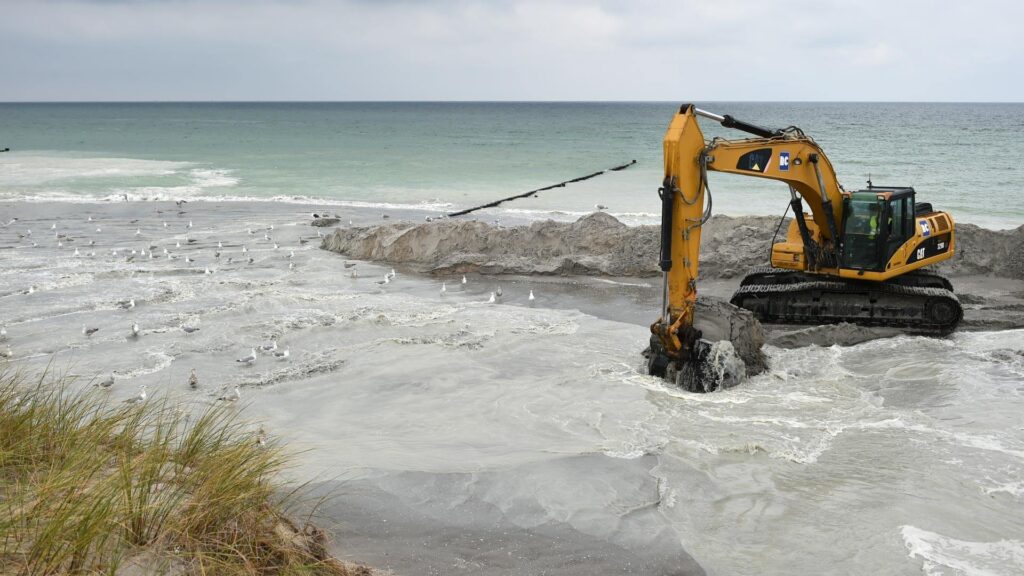
Why Finding Reliable Professionals for Beach Restoration Near Me Matters
Every coastal area has its unique environmental, social, and economic considerations. Partnering with a local beach restoration service ensures that these factors are addressed effectively. By searching for beach restoration near me, you can connect with experienced teams familiar with the specific challenges of your region, from local erosion patterns to permitting requirements. This local expertise not only ensures a successful project but also supports community engagement and long-term shoreline maintenance.
The Costs of Beach Restoration
The cost for the project can vary significantly based on each project’s unique requirements. Several factors drive the overall expenses, and understanding these variables is essential for effective planning. From the size of the project to securing permits and ensuring environmental compliance, each aspect contributes to the final budget. Here’s a detailed look at the key cost drivers and strategies for managing expenses effectively.
Factors Driving Costs
1. Size of the Project and Volume of Sand Required
The size of the beach and the amount of sand needed for replenishment are major cost factors in restoring a beach. Larger projects that require significant amounts of sand typically incur higher expenses due to the logistics of sourcing, transporting, and spreading the material. Fine-grained sand, compatible with the local beach environment, may also be more expensive, further influencing the budget.
2. Accessibility and Transportation of Materials
The ease of accessing the beach plays a crucial role in determining costs. Remote or difficult-to-reach locations may require specialized equipment or additional labor to transport sand and other materials. In urban areas, restrictions on heavy machinery and limited working hours can increase operational expenses. Working with an experienced beach restoration service can help mitigate these challenges by optimizing transportation strategies.
3. Permits, Environmental Studies, and Labor Costs
Compliance with local, state, and federal regulations is a necessary but often expensive aspect of the project. Obtaining permits for sand replenishment or dune reconstruction involves detailed environmental impact assessments and consultations. Additionally, labor costs, including skilled professionals and equipment operators, can account for a significant portion of the project budget. Searching for “beach restoration near me” can connect you with local experts familiar with regulatory requirements, potentially reducing the time and costs associated with permitting.
Managing Budgets
Balancing Quality and Affordability in Beach Restoration Services
Finding a balance between affordability and quality is critical for ensuring a successful beach restoration project. While cutting costs may seem appealing, choosing subpar materials or inexperienced contractors can lead to long-term issues such as erosion recurrence or non-compliance with regulations. Partnering with a reputable beach restoration service ensures the use of high-quality materials and methods, minimizing the risk of costly rework.
Financial Aid Options
To offset the high cost, many communities and organizations explore financial aid options such as:
- Government Grants: Various local and federal programs offer grants for environmental conservation and coastal restoration projects.
- Community Funding: Fundraising initiatives and partnerships with local stakeholders, such as businesses and tourism boards, can provide additional resources.
- Nonprofit Support: Environmental organizations may provide funding or in-kind contributions to support sustainability efforts.
Identifying these opportunities early in the planning process can significantly ease financial burdens. Partnering with a local beach restoration service can also provide insights into available funding options and application processes.
Sustainability in Beach Restoration
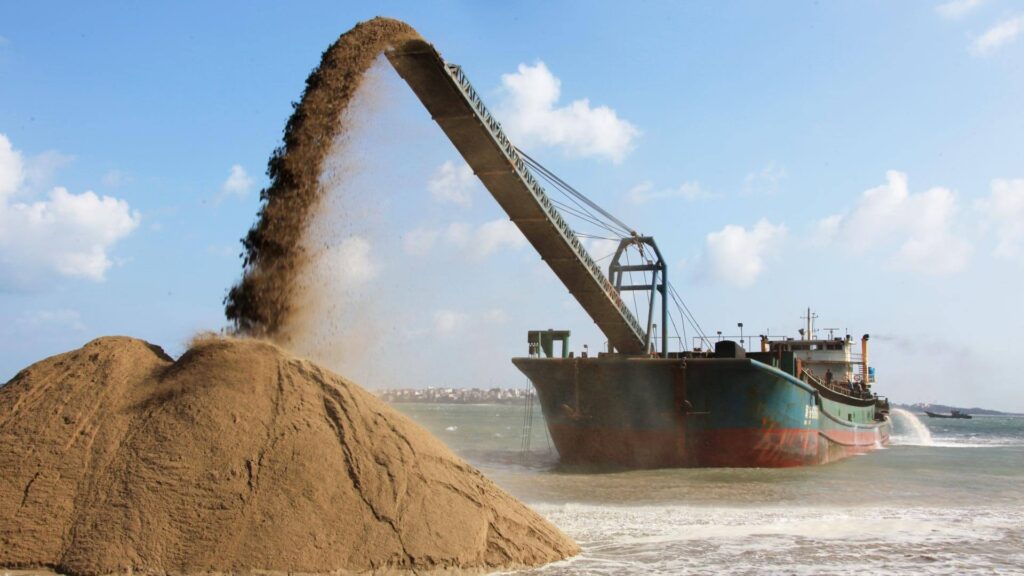
Sustainability is a cornerstone of modern beach restoration projects, ensuring that efforts to preserve and rehabilitate shorelines do not harm the environment or deplete natural resources. By incorporating eco-friendly practices and prioritizing the protection of marine and coastal ecosystems, sustainable restoration enhances long-term outcomes for both nature and communities. Here’s how sustainability is integrated into restoration efforts and why it matters.
Eco-Friendly Practices in Beach Restoration
1. Using Sustainable Materials and Techniques
Sustainable beach restoration focuses on sourcing materials that minimize environmental impact. For example, sand used in replenishment is often locally sourced or dredged from environmentally approved offshore sites to reduce transportation emissions. Similarly, biodegradable or natural materials are used for structures like dunes or vegetation barriers, ensuring compatibility with local ecosystems.
Innovative techniques, such as sediment bypass systems or managed retreat approaches, prioritize working with natural processes rather than against them. These methods reduce the carbon footprint of restoration projects while maintaining shoreline integrity.
2. Protecting Marine and Coastal Ecosystems
Sustainable restoration projects aim to preserve and enhance ecosystems rather than disrupt them. Steps to achieve this include:
- Conducting environmental impact assessments before initiating restoration efforts.
- Designing projects to maintain natural habitats for marine life, such as fish, crabs, and turtles.
- Using vegetation planting to stabilize dunes and support native species creates a natural defense against erosion.
Professionals specializing in beach restoration services often include post-restoration monitoring to ensure that the environment remains healthy and balanced.
3. How Professional Beach Restoration Services Prioritize Sustainability
Expert beach restoration services integrate sustainability into their practices by:
- Customizing Plans for Local Needs: Tailoring projects to specific environmental conditions and community goals.
- Minimizing Disruption: Using low-impact machinery and techniques to reduce harm to coastal ecosystems during restoration.
- Incorporating Long-Term Solutions: Ensuring the project includes elements like erosion control, habitat protection, and climate resilience to maximize sustainability.
Collaborating with local professionals ensures compliance with sustainability standards and fosters community involvement. They are well-versed in addressing regional environmental challenges. Whether you’re seeking a beach restoration service or searching for sustainable solutions through “beach restoration near me,” local expertise is key to achieving lasting results.
Addressing Community Needs
These projects protect and enhance coastal ecosystems and play a vital role in meeting the needs of local communities. Addressing community concerns, whether through engagement in the planning process, recreational opportunities, or support for the local economy, is crucial for the long-term success of any restoration effort. Here’s how community involvement and local solutions are integrated into beach restoration projects.
Community Involvement in Beach Restoration
Engaging local stakeholders and residents is a key element of successful beach restoration. Communities directly affected by coastal erosion or flooding often have valuable insights into the project’s challenges and goals.
- Stakeholder Meetings: These meetings bring together government agencies, local businesses, and residents, fostering collaboration and ensuring that diverse viewpoints are considered.
- Educational Outreach: Informing the public about the goals and benefits of beach restoration increases community buy-in and support.
- Volunteer Programs: Community-driven initiatives, such as planting vegetation to stabilize dunes, can reduce costs while strengthening local engagement.
Searching for beach restoration near me is an effective way to identify local projects that prioritize community involvement and provide opportunities for participation.
Balancing Recreational Value with Environmental Goals
Beaches are valuable recreational spaces, and any beach restoration project must balance environmental goals with the need for safe and accessible public areas.
- Improved Access: Restoration efforts often include the construction of boardwalks, pathways, or ramps to ensure that beaches are accessible to everyone, including those with disabilities.
- Enhanced Safety: Removing hazardous debris and reshaping the shoreline can improve safety for swimmers and other recreational activities.
- Preserving Aesthetic Appeal: These projects restore beaches to their natural beauty, creating spaces that attract both residents and tourists.
Professionals specializing in beach restoration services understand the importance of integrating recreational features into their designs while ensuring minimal impact on the environment.
Economic Impact of Beach Restoration
Well-planned beach restoration projects can have a significant positive impact on local economies.
- Boosting Tourism: Restored beaches attract more visitors, supporting the hospitality and tourism industries. Popular recreational areas can become major economic drivers for coastal towns.
- Protecting Coastal Businesses: By preventing erosion and flooding, restoration projects safeguard infrastructure, businesses, and properties along the shoreline.
- Job Creation: Restoration efforts generate jobs, from initial construction to ongoing maintenance, benefiting the local workforce.
Collaborating with a reputable beach restoration service ensures that projects are designed to maximize these economic benefits, making them a valuable investment for the entire community.
Finding Local Solutions for Community Needs
Every coastal area has its unique set of challenges and community priorities. Searching for beach restoration near me can connect you with local experts who understand the specific needs of your region. These professionals are equipped to tailor solutions that balance environmental sustainability, recreational use, and economic growth, ensuring that the project aligns with community expectations.
Challenges in Balancing Costs, Sustainability, and Community Needs
Successfully implementing a beach restoration project requires balancing the often-competing demands of cost-effectiveness, sustainability, and community priorities. These challenges highlight the complexity of restoring coastal areas while ensuring they remain functional, environmentally sound, and beneficial to local communities. Here’s an in-depth look at the key challenges and how experienced professionals help navigate them.
Conflict of Interests
One of the most significant challenges in beach restoration is managing the diverse priorities of stakeholders, including environmentalists, local governments, and community members.
- Environmentalists often advocate for eco-friendly techniques and materials, even if they are more expensive or time-consuming to implement.
- Local Governments focus on budget constraints and the economic impact of restoration efforts, such as tourism revenue and infrastructure protection.
- Community Members typically prioritize accessibility, recreational opportunities, and the aesthetic appeal of restored beaches.
Balancing these competing interests requires collaboration, transparent communication, and innovative solutions. Local professionals specializing in beach restoration services can act as mediators, ensuring that all parties’ concerns are addressed while meeting project goals.
Funding Constraints
Funding is a common obstacle in beach restoration projects, particularly in smaller communities with limited budgets.
- High Costs: Expenses for materials, labor, equipment, and environmental studies can quickly add up, making it difficult to stay within budget.
- Grant Opportunities: While government grants and nonprofit funding can help offset costs, securing these resources often requires extensive planning and documentation.
- Innovative Funding Sources: Communities are increasingly exploring alternative funding options, such as public-private partnerships or crowdfunding initiatives, to bridge financial gaps.
Searching for beach restoration near me can connect communities with local professionals who have experience navigating funding challenges and identifying financial aid opportunities specific to the region.
Sustainability vs. Accessibility
Balancing sustainability and accessibility is another critical challenge in beach restoration.
- Eco-Friendly Techniques: Methods like dune reconstruction or the use of native vegetation are essential for long-term coastal protection but may limit certain recreational activities or require restricted access during the restoration process.
- Accessibility Needs: Communities often demand features like boardwalks, parking facilities, or beach ramps to ensure the restored area is accessible to all. While valuable, these additions can sometimes conflict with environmental goals.
Experienced beach restoration services are skilled at integrating accessibility features without compromising sustainability. For example, they may design elevated walkways to protect fragile dune ecosystems while providing public access.
Role of Experienced Beach Restoration Services
Addressing these challenges effectively requires the expertise of professional beach restoration services.
- Tailored Solutions: Professionals develop customized plans that align with the project’s project-specific needs and constraints, ensuring a balance between costs, sustainability, and community goals.
- Stakeholder Engagement: Skilled teams facilitate communication between stakeholders, helping to resolve conflicts and align priorities.
- Long-Term Success: These services combine technical expertise with local knowledge to ensure that projects are not only cost-effective but also environmentally and socially sustainable.
Communities searching for beach restoration near me benefit from working with local experts who understand the unique dynamics of their area, enabling them to address these challenges efficiently and effectively.
How to Choose the Right Beach Restoration Service
Selecting the right beach restoration service is critical to the success of any shoreline rehabilitation project. With multiple factors influencing outcomes—ranging from environmental sustainability to community needs—it’s essential to work with professionals who possess the right expertise and experience. Here’s a guide to the key considerations when choosing a beach restoration service for your project.
Expertise in Eco-Friendly Practices and Cost-Effective Solutions
A reputable beach restoration service should demonstrate a strong commitment to sustainability while keeping costs manageable.
- Eco-Friendly Methods: Look for companies that prioritize sustainable materials, practices, and techniques, such as using native vegetation for dune stabilization or sourcing sediment from environmentally approved locations.
- Efficiency: Experienced professionals know how to balance eco-conscious approaches with cost-saving measures, ensuring the project remains financially viable without compromising environmental goals.
- Technological Innovation: Companies that utilize advanced tools and technology, such as GPS-guided dredging or automated sand placement, often deliver more efficient and precise results.
Proven Track Record of Community Collaboration
Beach restoration projects often impact local communities directly, making collaboration and engagement vital.
- Community Involvement: A good beach restoration service will have experience working with local stakeholders incorporating their input into the project plan. This ensures the restored beach meets both environmental and community goals.
- Transparency: Companies that engage with residents, businesses, and government agencies through regular updates and meetings help build trust and ensure smooth project execution.
- Success Stories: Request case studies or references from previous clients to evaluate the company’s ability to deliver results while addressing community needs.
Tailored Plans for Unique Local Needs
Every beach has its unique characteristics and challenges, from erosion patterns to regulatory requirements.
- Customized Solutions: Choose a beach restoration service that offers tailored strategies based on a thorough assessment of your site. This might include specific approaches to sand replenishment, erosion control, or infrastructure protection.
- Local Expertise: Searching for beach restoration near me can help you find contractors who are familiar with the environmental and regulatory nuances of your area, ensuring compliance and effectiveness.
- Flexible Approaches: A company that can adapt its methods to meet changing conditions or community feedback is more likely to deliver a successful project.
Importance of Transparent Communication and Long-Term Maintenance Plans
A well-executed beach restoration project doesn’t end with construction—it requires ongoing maintenance and monitoring.
- Clear Communication: Look for companies that provide detailed project timelines, budgets, and regular progress updates. This transparency helps avoid misunderstandings and ensures accountability.
- Maintenance Services: The right beach restoration service will offer long-term maintenance plans, including periodic inspections and erosion control measures, to ensure the beach remains functional and sustainable over time.
- Post-Project Support: Companies that remain engaged after the initial restoration can quickly address emerging issues, reducing the likelihood of costly repairs in the future.
Conclusion
Beach restoration is a complex but essential process for protecting coastlines, preserving ecosystems, and supporting local communities. Balancing costs, sustainability, and community needs presents significant challenges, but with thoughtful planning and collaboration, these challenges can be addressed effectively.
Thorough preparation, from assessing the project scope to involving stakeholders, is critical for achieving long-term success. Working with experienced professionals ensures that the project incorporates eco-friendly techniques, addresses regulatory requirements, and aligns with the community’s specific goals. Engaging a trusted beach restoration service can streamline this process, providing expertise in sustainable practices and tailored solutions.
Communities should view beach restoration as an investment in their future, benefiting the environment and local economies. By searching for “beach restoration near me,” residents and stakeholders can connect with local experts who understand their area’s unique needs. These professionals can deliver cost-effective solutions while ensuring the restored beaches are functional, accessible, and environmentally sustainable for years to come.

